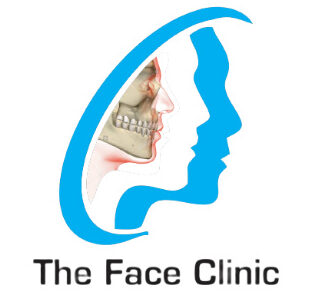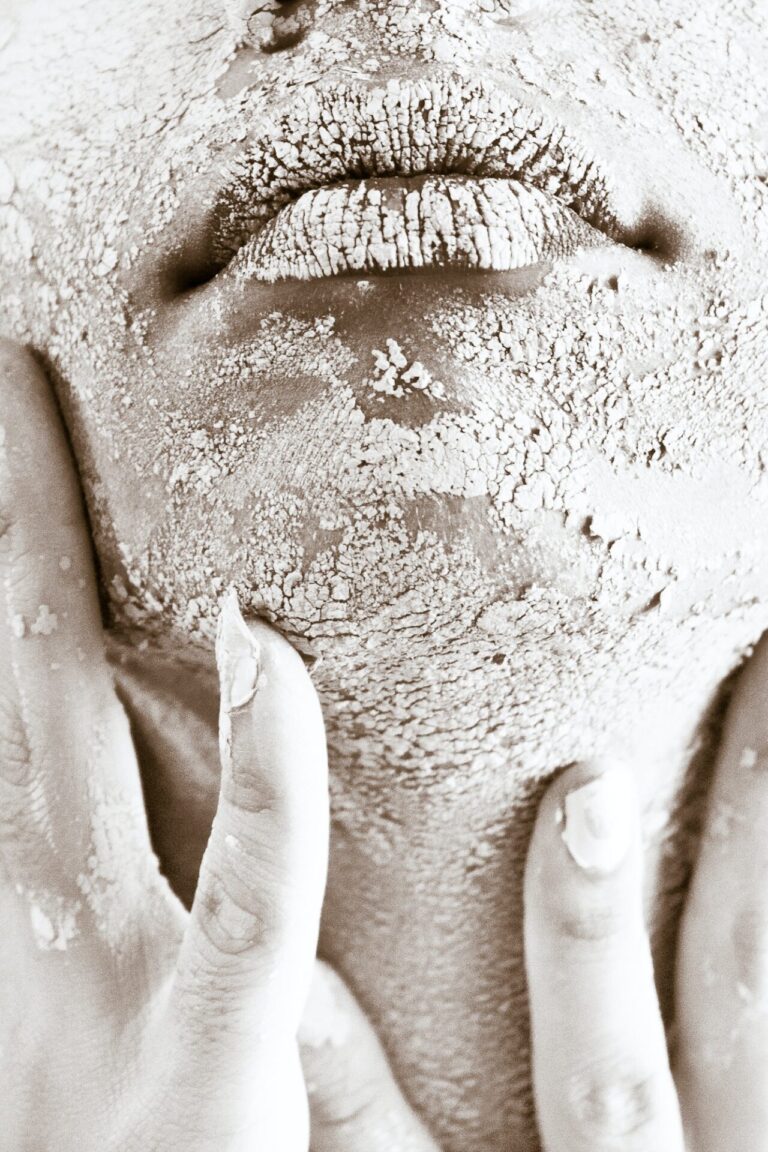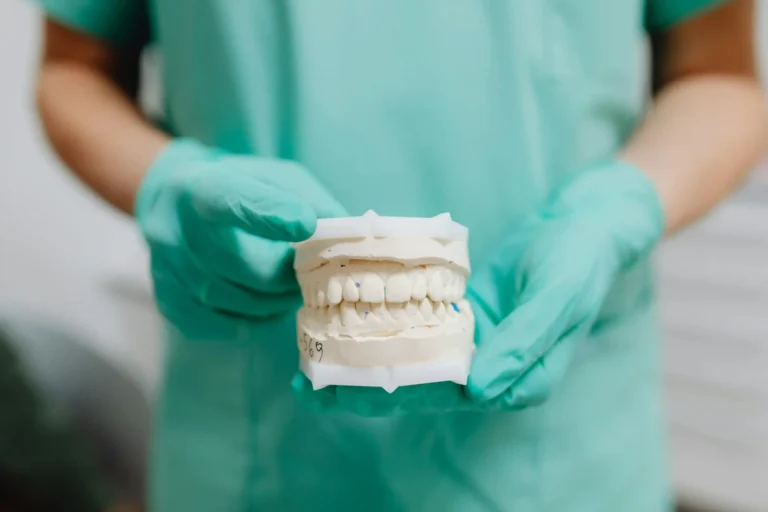Ozempic face has emerged as a topic of concern. Ozempic has gained widespread attention for its effectiveness in weight loss and glucose control for individuals with type 2 diabetes. However, among its side effects, this term refers to noticeable changes in facial appearance, often characterized by sagging skin, volume loss, and a more aged look.
Understanding the reasons behind this phenomenon and the available solutions can help you make more informed decisions about your health and appearance while using Ozempic.
What is Ozempic Face?
According to Medical News Today, “Ozempic face” is a colloquial term describing facial volume loss and sagging skin experienced by some people who use Ozempic for weight management or diabetes treatment. The condition is primarily associated with the medication’s effects on weight loss.
Common features of Ozempic face include:
- Facial Slimming: The reduction of facial fat can create a thinner, more angular appearance.
- Skin Changes: Alterations in skin texture and elasticity may become noticeable.
- Volume Loss: Decreased subcutaneous fat can result in a sunken, aged look.
Not everyone who uses Ozempic experiences these effects, as factors like genetics, age, and overall health also play significant roles.
Causes of Ozempic Face
Ozempic face refers to a change in facial appearance experienced by some individuals using the medication Ozempic. This section explores several key causes of these changes, including medication-induced changes, fat redistribution, and hormonal fluctuations.
1. Medication-Induced Changes
Ozempic is an injectable medication primarily used for type 2 diabetes management. It works by mimicking the GLP-1 hormone, which influences insulin secretion and appetite regulation. As weight loss occurs due to the medication’s effects, you may notice changes in your face. Reduced body fat can lead to a thinner face.
Some report a hollowed appearance in their cheeks and under the eyes, often seen in “Ozempic face celebrities before and after” photos, which can make the face look more aged. These changes can occur gradually as your body adjusts to the medication and weight loss progresses.
Ozempic contains semaglutide, a GLP-1 receptor agonist that helps regulate blood sugar levels and suppresses appetite. By mimicking the GLP-1 hormone, Ozempic promotes weight loss, which leads to reduced fat stores throughout the body—including the face.
- Fat Loss and Facial Appearance: As fat is lost, the face may appear slimmer and more hollow, particularly around the cheeks and eyes. This can create an impression of premature aging, with sharper contours and a less youthful fullness.
2. Fat Redistribution
Weight loss, particularly rapid loss, alters how fat is distributed throughout your body, including your face. The reduction of subcutaneous fat can create a more angular appearance. This redistribution may lead to noticeable fluctuations in facial volume.
In particular, areas like the cheeks and jawline may lose volume, causing a change in contour. You may find that your skin appears less plump and youthful as fat stores decrease. The transition often varies from person to person, influenced by genetics and skin elasticity. Many online forums, such as “Ozempic face Reddit,” discuss personal experiences related to these changes.

Rapid weight loss causes redistribution of fat across the body, including:
- Cheek and Jawline Changes: Significant fat loss in these areas reduces the plumpness associated with a youthful appearance.
- Loss of Facial Symmetry: Uneven fat loss may make certain areas look disproportionate.
Since facial fat contributes to a smooth, contoured look, its reduction can result in visible sagging and a more angular structure.
3. Hormonal Fluctuations
Ozempic impacts hormone levels, particularly those related to appetite and metabolism. As these hormones adjust, secondary effects can trickle down to your skin’s condition. Fluctuations in hormones such as cortisol and insulin can cause changes in skin texture and hydration levels.
Dryness or a more sallow complexion may become noticeable, contributing to an aged appearance. Your skin may also lose some of its fullness, which is often associated with youthfulness. Being aware of these hormonal shifts can help you manage any emergent changes effectively. Ozempic’s mechanism of action also affects hormone regulation:
- Cortisol: Weight loss can influence cortisol levels, contributing to skin thinning and changes in texture.
- Insulin and Hydration: Fluctuations in insulin and metabolism may alter the skin’s hydration, leading to dryness or a dull complexion.
These hormonal shifts can exacerbate skin aging, reducing its elasticity and making it more prone to sagging.
Psychological and Social Impacts of Ozempic Face
Experiencing visible changes in appearance can lead to:
- Self-Confidence Issues: Aged or hollow facial features may impact self-esteem.
- Social Perception: Facial changes might prompt concerns or comments from others, leading to social discomfort.
It is essential to balance health goals with the psychological effects of these changes. Consulting healthcare professionals for both medical and aesthetic guidance can help mitigate these impacts.
Ozempic Face Before And After
Many celebrities with Ozempic face are proud of what they look like. Searches for “Ozempic face photos,” “Ozempic face photos before and after,” and “Ozempic face pictures” reveal the dramatic transformations individuals experience. Celebrity culture and media coverage have further fueled interest in this

Managing and Preventing Ozempic Face
While Ozempic face may be an unintended side effect of a beneficial medication, there are proactive steps you can take to minimize its impact.
- Gradual Weight Loss
- Rapid weight loss increases the likelihood of facial sagging and volume loss. Slower weight reduction allows the skin more time to adjust, preserving elasticity.
- Hydration and Skin Care : Maintaining proper skin hydration and using quality skincare products can help combat some of the textural changes. Products rich in hyaluronic acid and collagen-boosting ingredients can enhance skin elasticity.
- Maintain proper hydration to keep skin supple.
- Use moisturizers with hyaluronic acid, peptides, or collagen-boosting ingredients.
- Non-Surgical Cosmetic Treatments : Consulting with a dermatologist or aesthetic practitioner may provide options for restoring facial volume.
- Dermal Fillers: Hyaluronic acid-based fillers restore volume to areas like the cheeks and under-eyes.
- Skin Tightening Procedures: Treatments such as RF (radiofrequency) or ultrasound therapy improve elasticity and reduce sagging. Face lift has many other benefits too
- Collagen Stimulation
- Microneedling and PRP (Platelet-Rich Plasma) can stimulate collagen production, rejuvenating skin texture and firmness.
- Facial Exercises
- Exercises targeting facial muscles may help tone and maintain structure. Although scientific evidence is limited, some users find these helpful for contouring.
- Nutrition and Supplements
- Consume foods rich in antioxidants, collagen, and vitamins A, C, and E to support skin health. Supplements like collagen peptides may enhance skin elasticity.
- Healthy Lifestyle Choices: Eating a balanced diet rich in vitamins and minerals can support skin health. Staying hydrated and avoiding excessive sun exposure are also vital in preserving youthful skin.
Psychological and Social Impacts
The physical changes associated with Ozempic face can have psychological effects. Users may feel self-conscious about their appearance, particularly when they see dramatic transformations in “Ozempic face photos before and after” or “Ozempic face pictures.”
Increased media attention on “Ozempic face celebrities” can also heighten awareness and anxiety around this side effect. Celebrities from Hollywood to social media influencers have shared their journeys with Ozempic, making topics like “Ozempic face Hollywood” trending searches.
When to Consult a Professional
If you are concerned about Ozempic face, speak to a:
- Healthcare Provider: They can assess whether dosage adjustments are suitable.
- Dermatologist or Aesthetic Specialist: A professional can recommend personalized treatments to restore volume and improve skin tone.
Conclusion
Ozempic face is a common concern for those using the medication as part of their weight management or diabetes care regimen. Understanding its causes—including medication-induced fat loss, hormonal fluctuations, and rapid weight reduction—is key to addressing it effectively. Preventive measures, cosmetic solutions, and professional consultations can help mitigate these changes, allowing you to focus on achieving your health goals with confidence.
Tracking your progress and staying proactive in managing side effects will empower you to balance both health and appearance. By working closely with healthcare and aesthetic professionals, you can make informed decisions that prioritize your overall well-being.
Frequently Asked Questions
Can Ozempic face be reversed?
Yes, several treatments—such as dermal fillers, skin tightening, and collagen stimulation—can help restore volume and improve the appearance of sagging skin.
Is Ozempic face permanent?
Changes due to weight loss can persist if facial fat does not return. However, non-surgical and surgical interventions can significantly improve appearance.
Are there ways to prevent Ozempic face entirely?
While complete prevention may not be possible, adopting gradual weight loss, proper skincare, and hydration practices reduces the risk.
How does Ozempic change your face?
Ozempic can lead to a thinner and more angular facial appearance due to fat loss. This may result in volume loss in areas like the cheeks and jawline, causing a sunken or aged look.
Why are celebrities using Ozempic?
Many celebrities use Ozempic for its weight-loss benefits, as it helps regulate appetite and control blood sugar levels. Its effectiveness has made it popular in Hollywood and beyond.
What does Ozempic butt look like?
“Ozempic butt” refers to a flattened or sagging appearance in the buttocks due to fat loss. Similar to facial volume loss, rapid weight reduction can impact the body’s overall contour
What is the biggest side effect of Ozempic?
The most significant side effect is gastrointestinal discomfort, including nausea and diarrhea. Other effects include weight loss-related changes in body composition, such as “Ozempic face” and potential fatigue.






